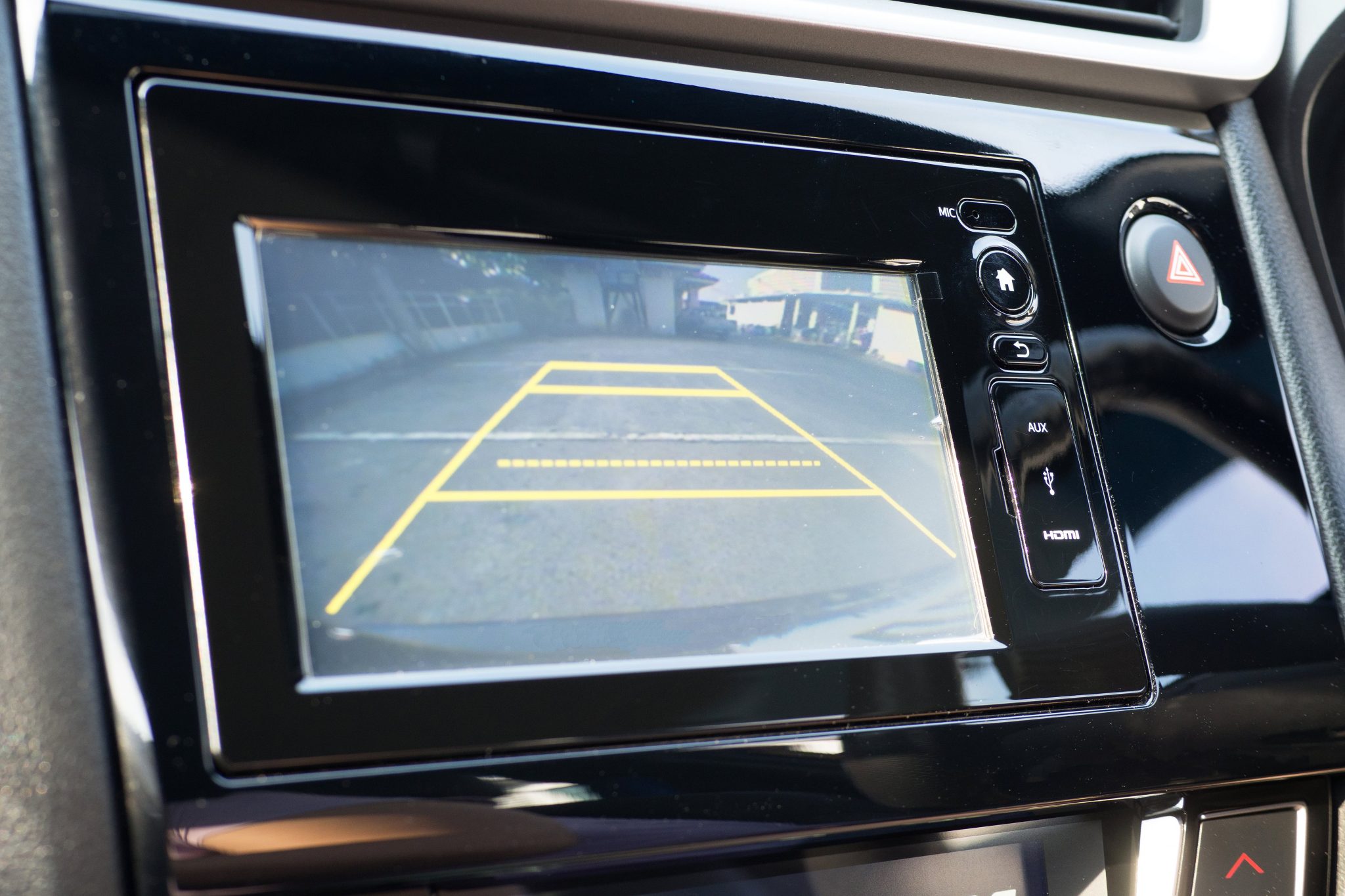- WE’RE HERE TO HELP 24/7
- 800.586.5555
Do Modern Vehicle Safety Features Actually Make Driving Safer?

Is Mediation Required in Every Florida Personal Injury or Wrongful Death Case?
November 2, 2020
What is a Deposition?
November 2, 2020Do Modern Vehicle Safety Features Actually Make Driving Safer?

Yes, new studies suggest some advanced safety systems reduce accidents.
Types of Modern Safety Features
- Adaptive Headlights
- Lane Departure Warnings
- Backup Cameras
- Automatic Breaking Systems
- Blind Spot Detection
- Road Sign Recognition
- Cross-Traffic Alert
- Collision Warnings
- Pedestrian Detection
For drivers on the nation’s roads, 2018 was a safer year than 2017, with a 2.4 percent decline in accident deaths. One of the reasons experts suggested for the decline was modern safety features.
A CNBC report suggested collision warnings and automatic breaking systems could be responsible for an 11 percent reduction in accidents, and a 21 percent reduction in car accident injuries.
The Insurance Institute for Highway Safety (IIHS) has suggested blind-spot monitoring may reduce accidents during lane changes by as much as 14 percent and reduces car crash injuries in lane-change accidents by as much as 23 percent.
Not every new technology feature is believed to offer similar safety improvements. The jury is still out on adaptive cruise control, and although Advanced Driver-Assist (ADAS) resulted in an impressive 27 percent drop in bodily injury claims and a 19 percent drop in property damage claims, there are fears that it could also lead to driver complacency.
We’ve written blogs on the topic in the past, because there are already several examples of drivers who have suffered serious injury and death because they overly relied on their vehicles autonomous features. The good news is, on the whole, these systems are making driving safer, even if some also introduce new accident-inducing variables – like the temptation to give in to distraction behind the wheel.
What Do the Road Safety Agencies Think?
The National Highway Traffic Safety Administration (NHTSA) is taking a clear stand on new safety technology – they’re for it. The National Transportation Board (NTSB) is also lobbying aggressively to get federal standards implemented that promote the adoption of accident-avoidance features in new vehicles.
These safety organizations are starting to rank features like electronic stability control, backup cameras, forward collision warnings and blind spot detectors among seat belts and air bags in their list of must-have vehicle safety features.
The acting administrator of the NHTSA suggested the benefits of modern accident-avoidance technology are twofold:
- New technology reduces the frequency of collisions
- When collisions do occur, they are often less severe
Both of these benefits result in fewer lives lost on the nation’s roadways.
What’s the NHTSA’s Stance on Self-Driving Cars?
They are pro-autonomous vehicle, citing the statistic that 94 percent of serious car accidents are caused by either human error or some kind of negligence (like being distracted behind the wheel). Their rationale is pretty simple; if we take the human out of the driving equation, we could eliminate the vast majority of accidents.
The reality is we’re far, far away from every car on the road being autonomous. The NHTSA has mapped out five “eras” of safety. The current one we’re in – 2016 through 2025 – includes broader adoption of “partially automated” safety features like lane assist and self-park. They list fully automated safety features and highway autopilot in their future “2025+” era. The fully autonomous vehicles era hasn’t been added to their near-term list yet.
That isn’t stopping the U.S. Department of Transportation from seriously planning for this future era. They released their most recent deep dive into the future of the nation’s roads and automated vehicles back in October 2018. The official position is essentially that the government is:
- Prioritizing safety
- Trying to avoid picking industry winners and losers
- Proactively modernizing regulations with an eye towards more widespread automation adoption in the future
Are These Safety Systems Required in New Models?
The vast majority of accident-avoidance technology is not legally required, but all newly manufactured vehicles sold in the United States are now required to have backup cameras and electronic stability control installed as a standard feature.
The National Transportation Board (NTSB) absolutely wants crash-avoidance tech to be mandatory in all new vehicles sold in the United States. Requiring automatic emergency braking and other accident avoidance systems in new vehicles is a big part of their annual safety recommendations to federal officials.
There’s been little movement on federal standards. Auto manufacturers, in partnership with the NHTSA and the IIHS, have taken on some of that responsibility themselves. The 20 auto manufacturers responsible for manufacturing 99 percent of the vehicles on the nation’s roads signed an agreement to make emergency braking and forward collision warnings a standard safety feature on every new vehicle by September 2022.
Can Accident-Avoidance Technology Be Added to Older Vehicles?
Yes, you can buy kits for blind spot monitoring that can be installed on older models that didn’t have those systems initially. They won’t look as slick as an OEM option and they may not offer the same bells and whistles or performance, but these aftermarket options may be helpful for some drivers. There are also aftermarket backup cameras, forward collision monitoring and forward collision/lane departure systems that you can have installed in older vehicles.
Does Having These Safety Features Reduce Insurance Premiums
Not really in any significant way. Drivers in some states may save a bit for having electronic stability control or some anti-theft technologies installed in their vehicle, but those savings are relatively small on an annual basis.
